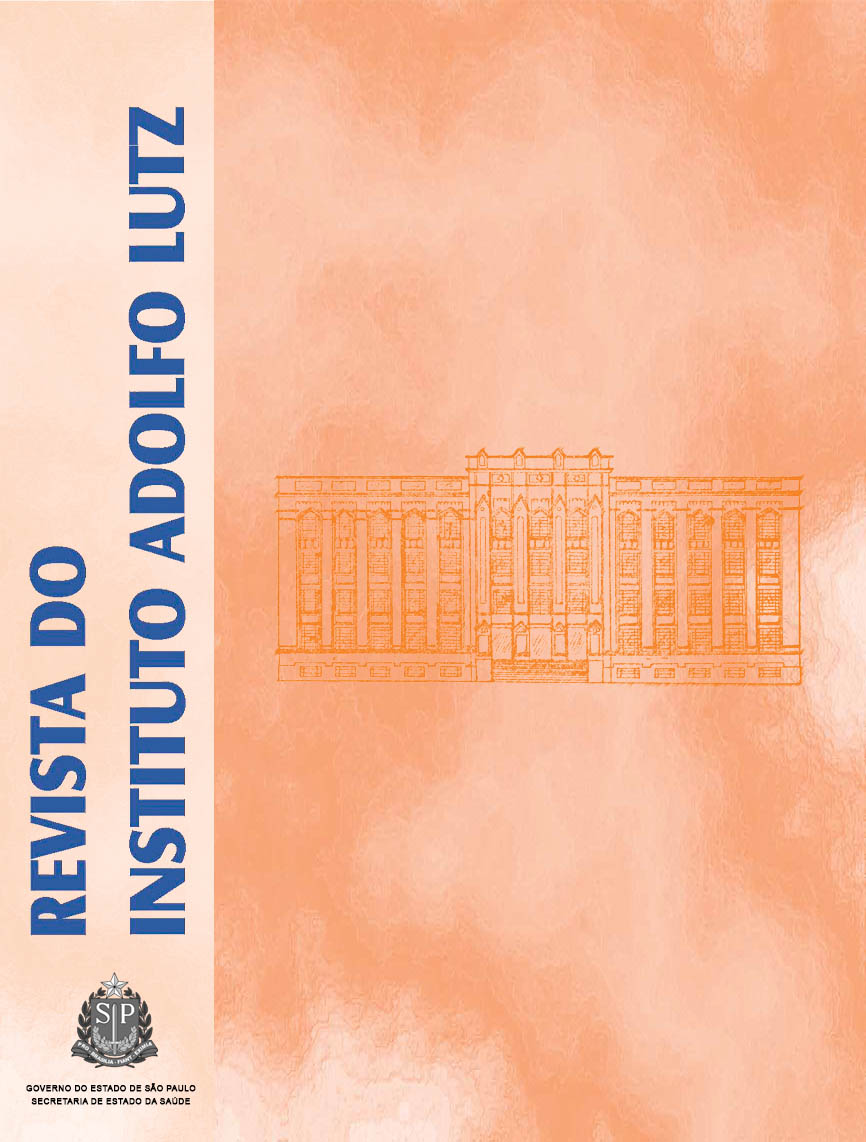Abstract
The purpose of the present investigation was to determine the alkalinity hair straightening creams, in order to accomplish the directives of the enforced law, which allows the maximum concentration of 7.0% w/w of calcium hydroxide. Two titrametric analytical techniques were compared. Two “blanks” (without active principle) were supplemented with calcium hydroxide at the concentrations of 3.0%, 6.0%, and 8.0% (w/w), and eight replicates for each concentration were prepared. Alkalinity determination was carried out by means of direct titration of calcium ions in samples. A sample corresponding to 0.1500 g calcium hydroxide concentration was diluted in solution containing water and hydrochloric acid under shaking and heating. After cooling, this samples was with 0.0500 mol/L EDTA, and hydroxynaftol blue was employed as indicator. Direct titration by means of OH- ions neutralization with HCl and phenolphtaleine showed that the recovery was unsatisfactory; this fact could be caused by the adsorption of OH- ions into cream mixture. The method precision ranged from 0.03 to 1.3% in the interval from 2.9 to 8.0% Ca(OH)2 (w/w). The recovery was obtained within the interval from 96.0% to 100.5%. For the present study the Food Chemical Code 4th edition technique was used and compared with the modified technique in the laboratory. The statistics T and f tests showed that both techniques are analytically equivalent.
References
1. Callender VD, McMichael AJ, Cohen GF. Medical andsurgical therapies for alopecias in black women. Dermatol Ther. 2004; 17 (2): 164-76.
2. Callender VD, Young CM. Cabelos étnicos e distúrbios do couro cabeludo. Cosmet toilet 2006; 18 (5):56-9.
3. Leonardi GR, Matheus LGM, Kurebayashi AK.Cabelos. Leonardi GR, Matheus LGM, KurebayashiAK, editores: Cosmetologia Aplicada. São Paulo: EdMedfarma; 2004.p. 33-47.
4. Peyrefitte G, Martini MC, Chivot M. Biologia da pele.In: Peyrefitte G, Martini MC, Chivot M, editores: Cosmetologia Biologia Geral Biologia da Pele. SãoPaulo: Ed Organização Andrei Ltda; 1998. p.362-80.
5. Trueb RM. Aging of hair. J Cosmet Dermat 2005;(4): 60-72.
6. Prista LN, Bahia MFG, Vilar E. Champôs. Prista LN,Bahia MFG, Vilar E, Editores: Dermofarmácia ecosmética, Porto: Associação Nacional de Farmácias;1995. p. 374-380.
7. Pavani LC, Joekes I. Estudo de degradação de cabelopor espectroscopia no infravermelho. Aerosol cosmét1991; (72): 2-8.
8. Obukowho P, Birman M. Alisantes para cabelos: Avaliação da função, da química e da fabricação. Cosmet toilet 1996; (8): 44-9.
9. Dias TCS, Baby AR, Kaneko TM, Velasco MVR. Relaxing/Straightening of afro-ethnic hair: historicaloverview. J Cosmet Dermat 2007; 6(1): 1-5.
10. Oliveira V. Modificadores estruturais do cabelo.Cosmet toilet 2000, (12): 59-69.
11. Burmeister F, Bollatti D, Brooks G. Cabelos Etnicos: hidratação após alisamento. Cosmet toilet 1992, (4): 23-6.
12. Draelos, ZD. Cosméticos Étnicos. Draelos, ZD.Editor: In: Cosmeticos em dermatologia. 2nd ed. Riode Janeiro: Revinter Ltda. 1999; 210-7.
13. Paola MUVR, Ribeiro ME, BedinV, Bonzanini VV. Cabelos étnicos. Cosmet toilet 1999; (11): 36-44.
14. rasil. Resolução RDC nº215 de 25 de jul de 2005 da Agência Nacional de Vigilância Sanitária do Ministério da Saúde. Dispõe sobre a aprovação do regulamento técnico e lista de substâncias que os produtos de higiene pessoal, cosméticos e perfumes não devem conter exceto nas condições e com asrestrições estabelecidas. Diário Oficial [da] Republica Federativa do Brasil, Brasília, DF, 26 de jul 2005.Seção 1, p.06.
15. Chair SMT, Fletcher JP, Terry DL. Food Chemicals Codex. 4th ed., National Washington DC: Academic Press. 1996.p.61.
16. Instituto Nacional de Metrologia [INMETRO]. DOQ-CGCRE -008, de 2003: Orientações sobre validação de métodos de ensaios químicos. São Paulo; 2003.01-35.
17. Cass QB, Degani ALG. Desenvolvimento de métodos por HPLC: fundamentos, estratégias e validação. SãoPaulo: Universidade Federal São Carlos, 2001.
18. Causon R. Validation of chromatographic methods inbiomedical analysis. J Chromatogr B 1997;(689): 175-80.

This work is licensed under a Creative Commons Attribution 4.0 International License.
Copyright (c) 2007 Instituto Adolfo Lutz Journal
